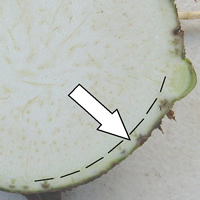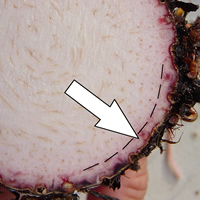The corm of the kalo plant is anatomically an underground stem. Rings on the surface of the corm are leaf scars, the remains of old leaves.
Characteristics of the corm (kalo) can only be determined after harvesting the kalo, cutting the corm at the kōhina to create huli, and dividing the corm in two, longways.
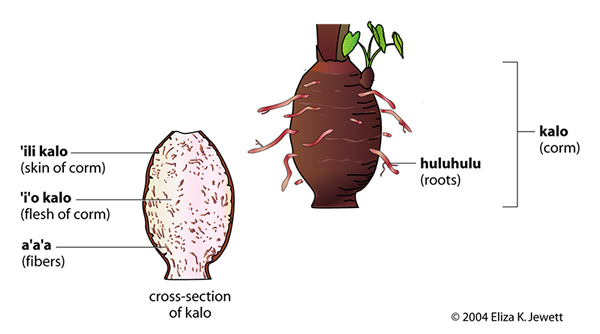
Root (huluhulu) color The root system of taro is adventitious (arises from the stem) and fibrous. Roots can be white, yellow, pink, red or brown in color.

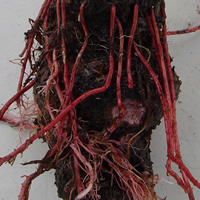
Flesh (‘i‘o kalo) color Also called the core parenchyma of the corm, the flesh of the corm can be white, yellow to salmon, or pink or purple in color. The flesh color is best observed by cutting the corm in two along the long axis of the corm. Be aware that the flesh may be a different color at the corm apex near the kōhina.
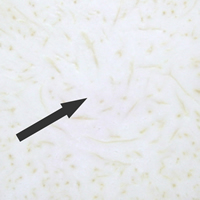
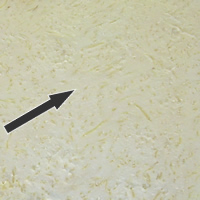
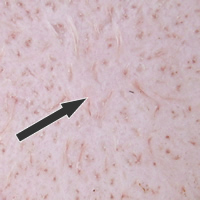
Fiber (‘a‘a‘a) color The fibers, or vascular bundles, embedded in the flesh of the corm are either yellow or purple in color. Observe the fiber color by cutting the corm in two along the long axis of the corm.

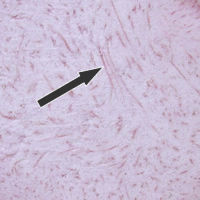
Cortex (‘ili kalo) color The cortex of the corm is the cell layer below the skin (‘ili kalo) or epidermis (outermost dead cell layers). The cortex is best observed by removing the huli and observing the top of the corm. The color of the cortex can range from white, cream or yellow to pink, purple or red.
